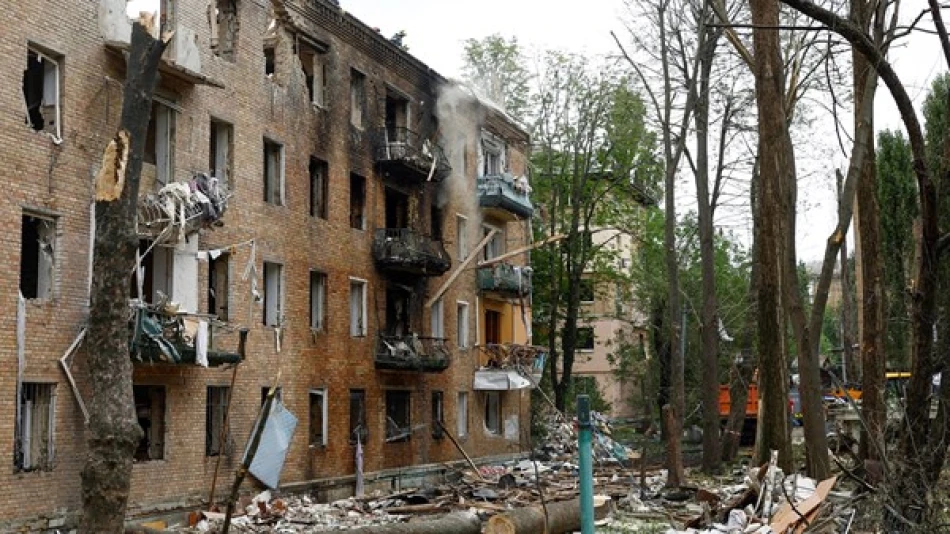
Deadly Strikes Pound Kyiv as Civilian Casualties Mount
Ukraine's Capital Suffers Deadliest Strike in Months as Civilian Casualties Mount
A devastating missile and drone attack on Kyiv has claimed at least 26 lives, including three children, with 156 wounded, marking one of the deadliest single strikes on Ukraine's capital in recent months. The rising death toll underscores Russia's continued targeting of civilian infrastructure as the conflict enters its third year.
Rescue Operations Reveal Growing Tragedy
Ukrainian Interior Ministry officials announced Friday that rescue teams had pulled 10 additional bodies from the rubble of a residential building in the Sviatoshinsky district overnight and into Friday morning. Among the victims was a two-year-old child, highlighting the indiscriminate nature of the Thursday morning assault that combined missiles and drones.
The updated casualty figures represent a significant jump from the initial count of 16 dead reported immediately after the attack. The ministry confirmed that 16 children were among the 159 total wounded, painting a grim picture of civilian suffering in Ukraine's ongoing war.
Strategic Implications of Urban Targeting
This latest strike on Kyiv follows a familiar pattern of Russian tactics aimed at undermining civilian morale and stretching Ukraine's emergency response capabilities. The use of both missiles and drones in a coordinated morning assault suggests a deliberate strategy to maximize casualties during peak residential hours.
Escalation Amid International Pressure
The timing of this deadly attack comes as Ukraine continues to seek additional military aid from Western allies and as diplomatic efforts to end the conflict remain stalled. Such high-casualty strikes on the capital often serve as both military pressure and political messaging, aimed at demonstrating Russia's continued capacity to strike deep into Ukrainian territory.
Broader Context of Urban Warfare
The targeting of residential areas in Kyiv mirrors tactics seen in other prolonged urban conflicts, where civilian infrastructure becomes a strategic target. Unlike precision military strikes, these broader attacks appear designed to erode public support for continued resistance while straining Ukraine's medical and emergency services.
The fact that rescue operations continued well into the following day indicates the scale of destruction, with multi-story residential buildings likely pancaking under the force of direct hits. This pattern of delayed casualty reporting has become common in the conflict, as rescue teams work methodically through debris to recover victims.
International Response and Implications
High-casualty civilian attacks typically prompt renewed calls for increased air defense systems and military aid to Ukraine. The presence of children among the victims will likely intensify international condemnation and could influence ongoing discussions about military support packages in Western capitals.
For Ukraine's government, managing the psychological impact of such strikes on Kyiv residents remains crucial for maintaining civilian morale in the capital, which has largely adapted to the rhythm of air raid sirens and shelter protocols over nearly two years of conflict.
 Layla Al Mansoori
Layla Al Mansoori







